Wild Morning Glory: The Easytogrow Vine That Will Bloom Your Garden
Title: Wild Morning Glory: The Easy-to-Grow Vine That Will Bloom Your Garden
Introduction:
Morning glories are beautiful, easy-to-grow vines that can add a touch of color and whimsy to any garden. They come in a variety of colors, including blue, purple, pink, white, and red. Morning glories also bloom profusely, so you'll be rewarded with a stunning display of flowers all summer long.
In this blog post, we'll discuss the basics of growing wild morning glory, including how to plant, care for, and propagate these beautiful vines. We'll also share some tips for choosing the right variety of morning glory for your garden.
Main Content:
- Choosing the right variety of morning glory: There are many different varieties of morning glory, so it's important to choose one that is suited to your climate and growing conditions. If you live in a warm climate, you can choose a variety that will bloom all year long. If you live in a cooler climate, you'll need to choose a variety that is hardy to your zone.
- Planting morning glory: Morning glories can be planted in the spring or fall. When planting, choose a sunny location with well-drained soil. Morning glories are not very fussy about soil type, but they will do best in soil that is rich in organic matter.
- Caring for morning glory: Morning glories are relatively easy to care for. They need regular watering, especially during the summer months. You should also fertilize them every few weeks with a balanced fertilizer.
- Propagating morning glory: Morning glories can be propagated by seed or by cuttings. If you want to propagate by seed, sow the seeds in the spring in a warm, sunny location. If you want to propagate by cuttings, take cuttings in the spring or summer and root them in a pot of moist potting mix.
- Harvesting morning glory: Morning glories are ready to harvest when the flowers are fully open. You can cut the flowers and use them in arrangements, or you can dry them for later use.
Conclusion:
Wild morning glory is a beautiful and easy-to-grow vine that can add a touch of color and whimsy to any garden. With a little care, you can enjoy these stunning flowers all summer long.
Interested in learning more about wild morning glory? Visit our website at Garden Wiki for more information. We have a comprehensive guide on the plant, including its history, cultivation, and uses. We also have a blog with articles on related topics, such as how to identify wild morning glory and how to control it as a weed.
FAQ of wild morning glory
- What is wild morning glory?
Wild morning glory is a vine that is native to North America. It has large, trumpet-shaped flowers that bloom in the morning. The flowers can be white, blue, pink, or purple. Wild morning glory is a fast-growing plant and can quickly become invasive.
- Is wild morning glory poisonous?
Yes, wild morning glory is poisonous. The seeds, leaves, and stems of the plant contain a substance called lycorine, which can cause nausea, vomiting, diarrhea, and even death. If you think you or someone you know has ingested wild morning glory, please seek medical attention immediately.
- How do I control wild morning glory?
There are a number of ways to control wild morning glory. One way is to hand-pull the plants. This is the most effective way to control small infestations. Another way to control wild morning glory is to use herbicides. There are a number of herbicides that are effective against wild morning glory, but it is important to choose a herbicide that is labeled for use on vines.
- How can I prevent wild morning glory from spreading?
The best way to prevent wild morning glory from spreading is to remove the plants before they have a chance to set seed. You can also prevent wild morning glory from spreading by controlling weeds in your garden. Weeds can often harbor wild morning glory seeds, so keeping your garden free of weeds will help to prevent the spread of the plant.
- Can I eat wild morning glory?
No, you should not eat wild morning glory. The plant is poisonous and can cause serious health problems.
Image of wild morning glory
10 different images of wild morning glory that are free to use:
- Ipomoea purpurea, the most common type of wild morning glory, with purple flowers.
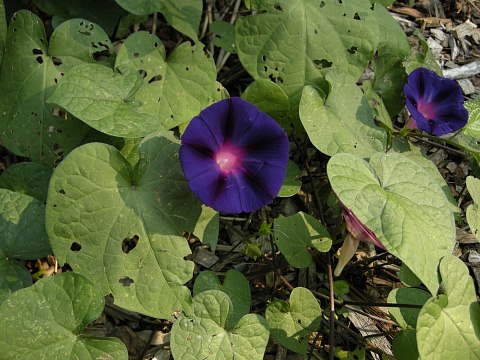
- Ipomoea tricolor, a morning glory with tricolor flowers, typically blue, white, and purple.
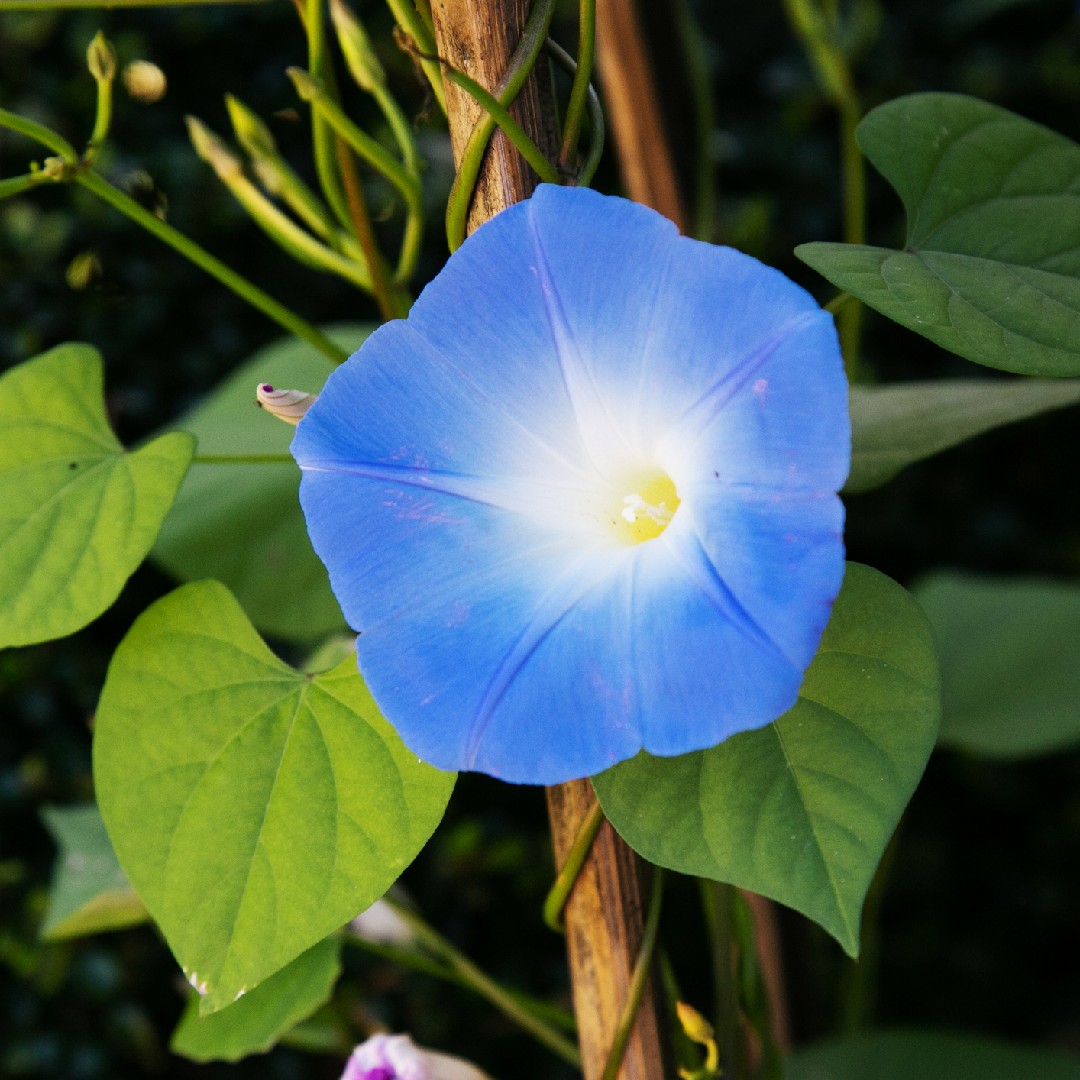
- Ipomoea violacea, a morning glory with violet flowers.
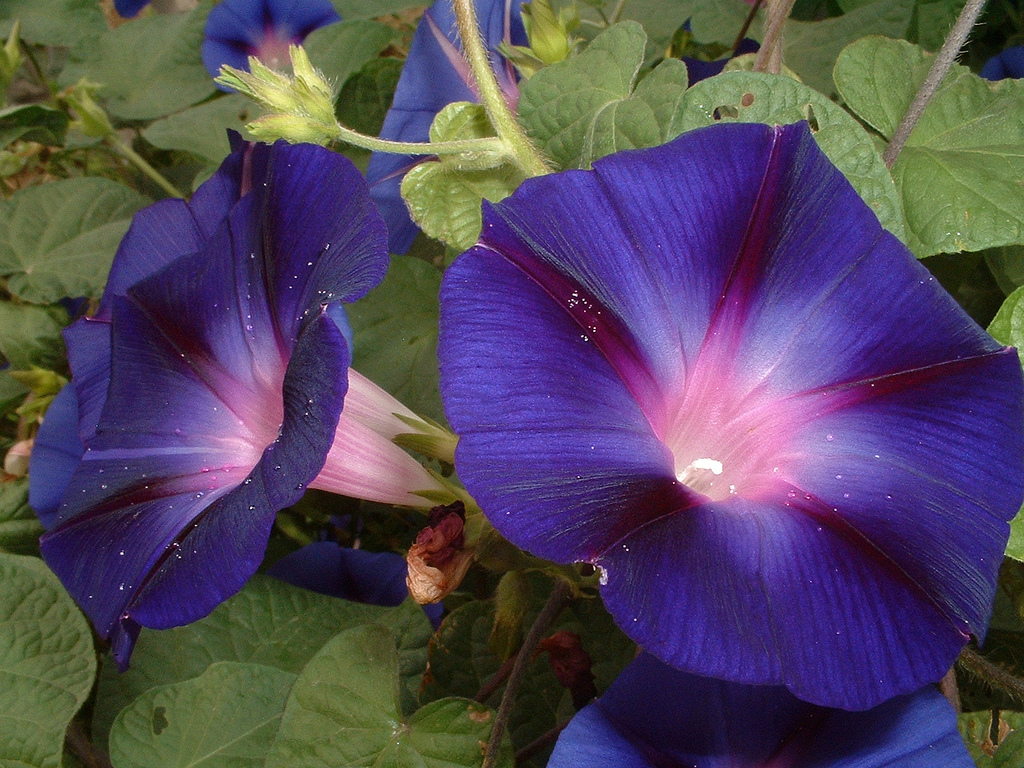
- Ipomoea cairica, a morning glory with white flowers and heart-shaped leaves.

- Merremia tuberosa, a morning glory with yellow flowers and tuberous roots.
- Stictocardia trilobata, a morning glory with pink flowers and three-lobed leaves.
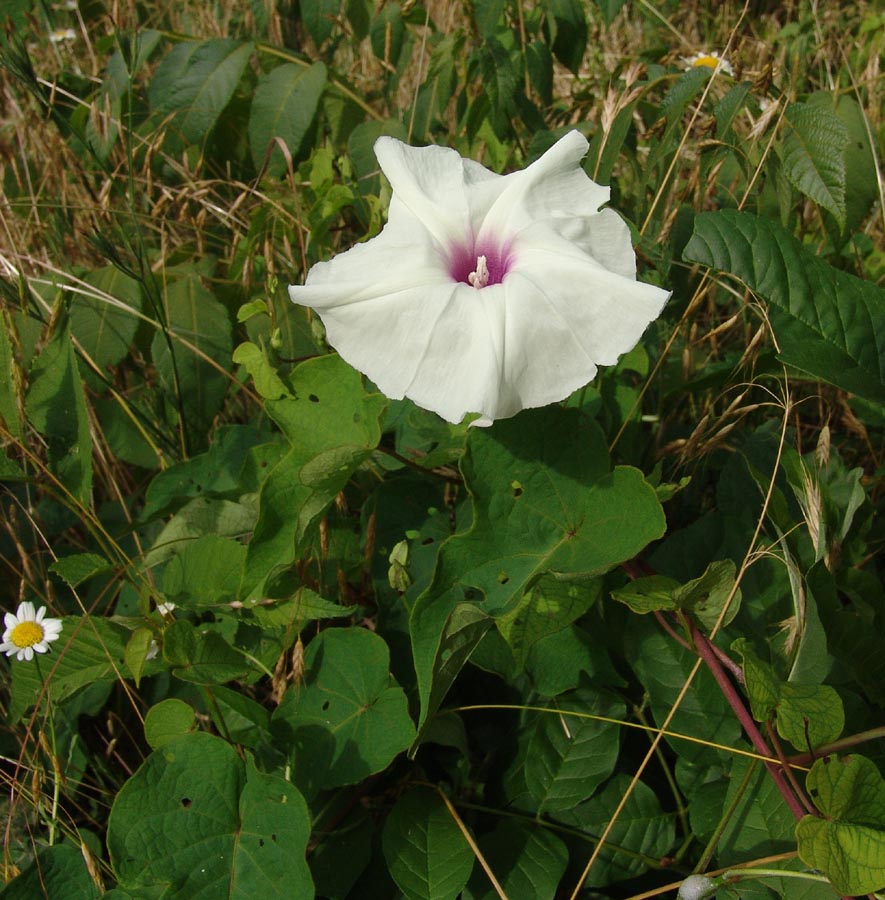
- Argyreia nervosa, a morning glory with white flowers and heart-shaped leaves.

- Climbing Bignonia, a morning glory with orange flowers and trumpet-shaped blooms.
- Moonflower, a morning glory with white flowers that bloom at night.
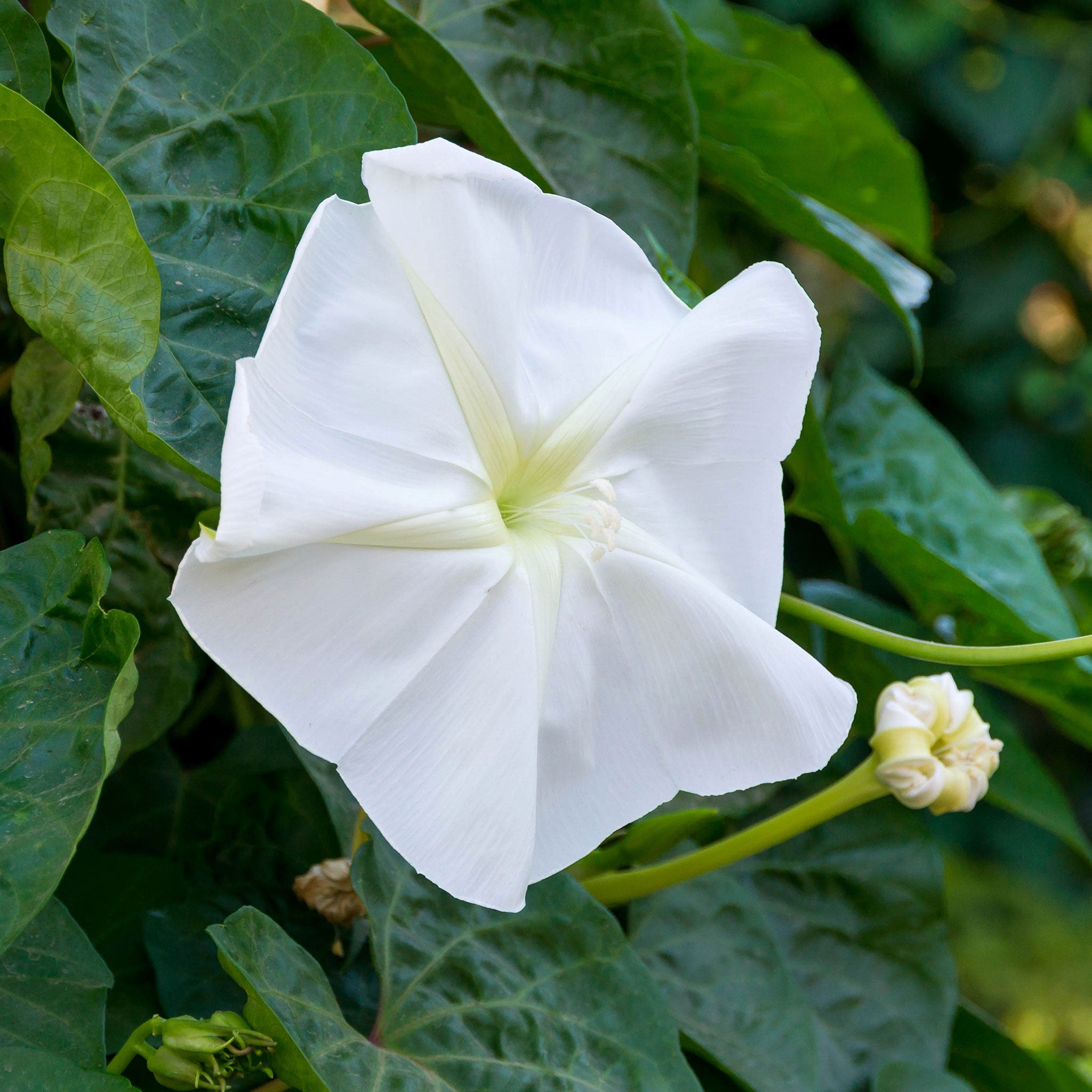
- Heavenly Blue, a morning glory with bright blue flowers.


Post a Comment for "Wild Morning Glory: The Easytogrow Vine That Will Bloom Your Garden"